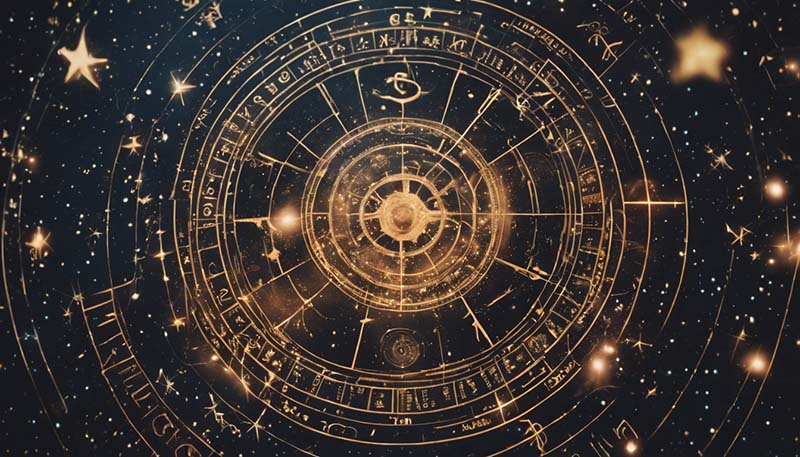The cosmos has always been a source of wonder and mystery for humankind. Since ancient times, people have gazed at the stars and sought to understand their meaning. This quest for knowledge has led to the development of astrology, a system that interprets the positions and movements of celestial bodies as a means to divine information about human affairs and the natural world. In this article, we will explore the secret language of the stars, delving into the rich symbolism and history of astrology, and how it has shaped human understanding of the universe.
History of Astrology
The roots of astrology can be traced back to the ancient civilizations of Babylon and Egypt, where priests and scholars observed the heavens and recorded their findings. The Chaldeans, who lived in the region that is now Iraq, were among the first to develop a systematic approach to astrology. They believed that the movements of the stars and planets were a form of communication from the gods, providing guidance and insight into the future.
The Greeks and Romans later adopted and expanded upon the Chaldean system, incorporating their own philosophical and mythological beliefs. It was during this time that the zodiac, a circle of twelve signs representing the path of the Sun across the sky, was established. The zodiac became the foundation of Western astrology, and its influence can still be seen in modern practice today.
Astrology and Symbolism
One of the most fascinating aspects of astrology is its use of symbolism. Each planet, star, and celestial body has a unique meaning and symbolism, which can be interpreted to provide insight into various aspects of life. For example, the Sun represents our core self, our identity, and our life force, while the Moon symbolizes our emotions, intuition, and subconscious mind.
The twelve zodiac signs also have their own rich symbolism. Aries, the first sign of the zodiac, is associated with the ram, symbolizing new beginnings, courage, and impulsiveness. On the other end of the spectrum, Pisces, the twelfth and final sign, is represented by two fish swimming in opposite directions, symbolizing the duality of life, spirituality, and the interconnectedness of all things.
Astrology in Art and Culture
Astrology has had a significant impact on art, literature, and culture throughout history. Many famous artists, writers, and thinkers have been deeply influenced by astrological symbolism and concepts. For example, the Italian Renaissance artist and scientist Leonardo da Vinci was known to be fascinated by astrology, and his studies of the cosmos influenced his artistic and scientific work.

The zodiac has also been a popular subject in art, with many famous paintings and sculptures featuring astrological symbols and imagery. One notable example is the ceiling of the Sistine Chapel in Rome, where Michelangelo incorporated astrological symbolism into his iconic frescoes.
Modern Astrology and New Age Movements
In recent years, there has been a resurgence of interest in astrology, particularly among the younger generations. The rise of the New Age movement, which emphasizes spiritual growth, self-discovery, and alternative methods of understanding the world, has played a significant role in popularizing astrology.
Today, astrology can be found in various forms, from horoscopes in newspapers and magazines to online tarot readings and astrological consultations. Social media platforms like Instagram and Twitter have also become popular spaces for sharing astrological content, with many influencers and celebrities embracing the practice.
Criticism and Skepticism
Despite its popularity, astrology has faced criticism and skepticism from various quarters. Some argue that astrology is not a science, and its claims are not supported by empirical evidence. Others believe that astrology can be harmful, as it may lead people to make decisions based on superstition rather than rational thought.
While it is true that astrology is not a scientifically proven discipline, it is essential to recognize its cultural and historical significance. Astrology has provided a framework for understanding the world and our place in it for thousands of years, and its symbolism and mythology continue to captivate the human imagination.
Conclusion
The secret language of the stars has captivated humankind for millennia, and astrology remains a fascinating and complex system of symbolism and interpretation. While it may not provide definitive answers to life's mysteries, it offers a unique lens through which we can explore our place in the cosmos and our connection to the world around us.
As we continue to gaze at the stars and seek to understand their message, astrology serves as a reminder of our enduring fascination with the cosmos and our desire to make sense of our existence in this vast, mysterious universe.